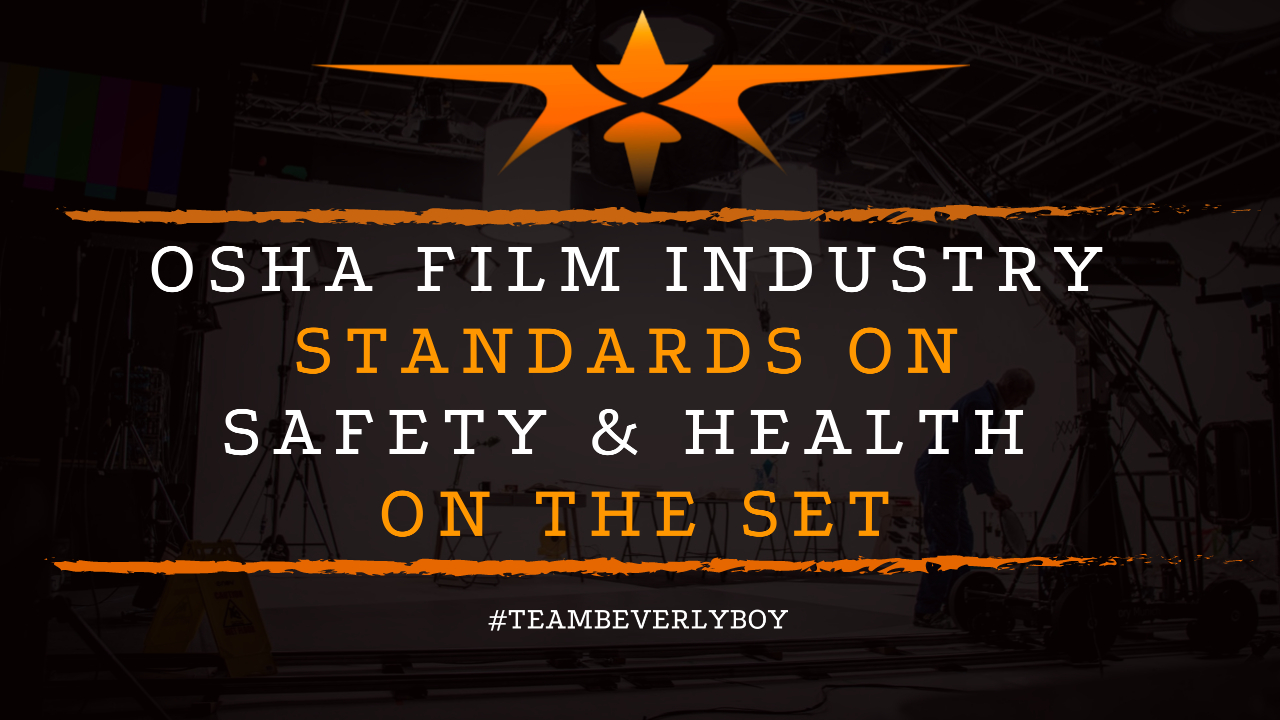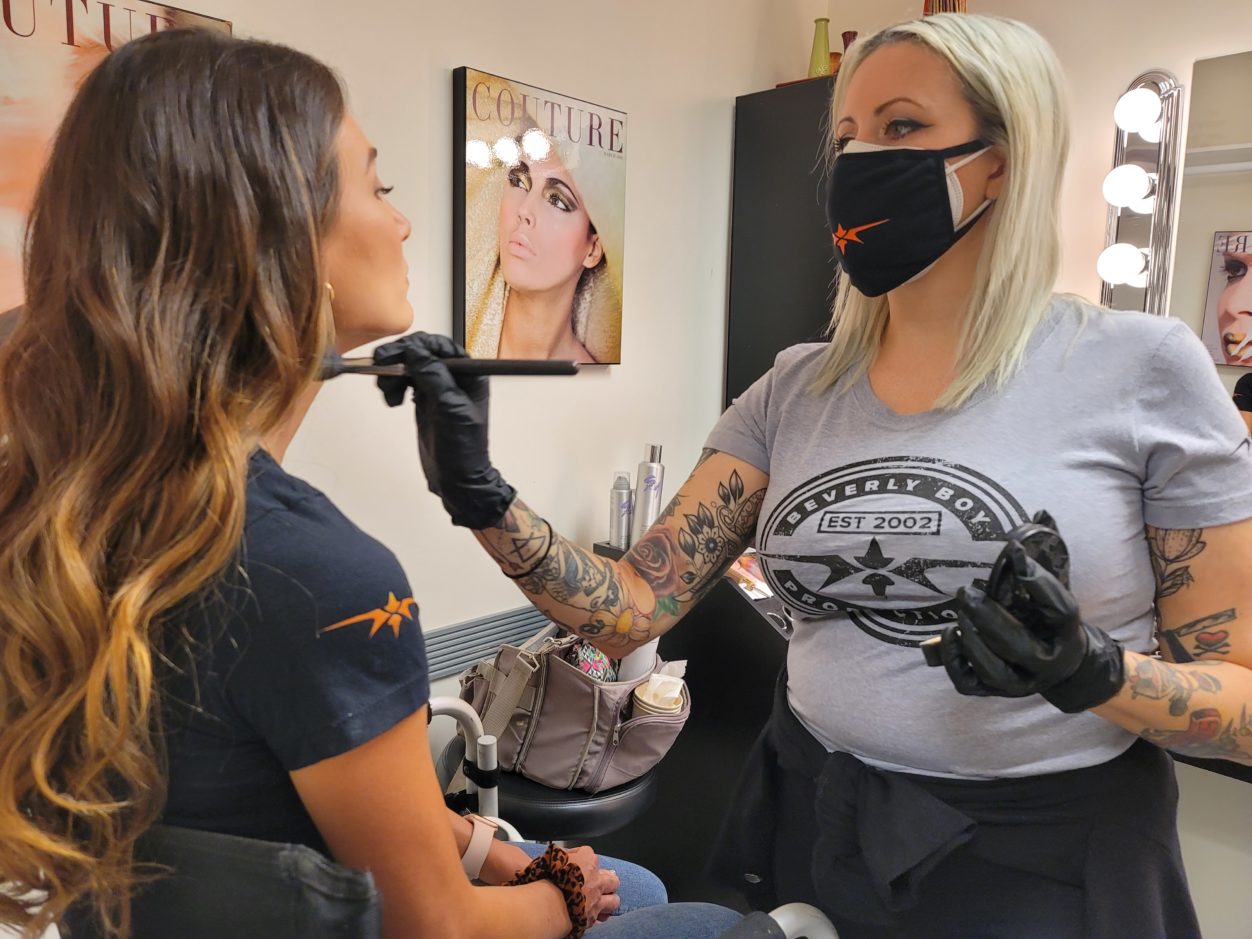
OSHA Film Industry Standards in Safety & Health on the Set
If you’re a filmmaker, or you’re in any way in charge of the production of a film that involves a set and a commercial film crew, you’re going to need to follow OSHA film industry standards. As a general rule of thumb, OSHA which stands for the Occupational Safety and Hazards Administration, represents unique protections for cast and crew ensuring that anyone on a film set is subject to specific safety and health related protections.

But what do OSHA film industry standards represent in terms of the importance of regulatory practices and keeping those involved in a production safe?
OSHA Film Industry Standards
Before we can get into the various protections provided by OSHA to filmmakers, it makes sense to outline the distinct OSHA standards which must be followed. OSHA film industry standards help to maintain a safe, productive and otherwise valuable production process.
Under OSHA, filmmakers must understand that accidents CAN and WILL occur. But when industry guidelines and standards are set and followed? Many of the risks which can lead to injury, illness or other complications are omitted.
Purpose of OSHA
OSHA film industry standards representing the production of motion pictures include a variety of coverages. The purpose of OSHA in regulating the occupational safety of the filmmaker.
Or anyone else in the industry for that matter! It primarily focuses on the tracking and organization of safety for film crew and those involved in the film production.
According to Occupation Safety and Hazard Administration or OSHA in film, a safety program along with a production safety manual is an important aspect for a filmmaker that is interested in keeping their production members safe.
Safety for Employees
Production companies are responsible for not only following the OSHA film industry standards. But also for safety as it directly pertains to their own projects. OSHA film industry standards include keeping anyone and everyone involved in a production safe.
In doing so, they require that:
- Hazards are assessed by location and a location safety-checklist is completed to review.
- Employees are hired based on their safety training or underlying skills and those without training are provided support for their own safe-being.
- All crew members and talent attend safety training.
- Educational literature is posted on set, in easy to find and populated locations.



